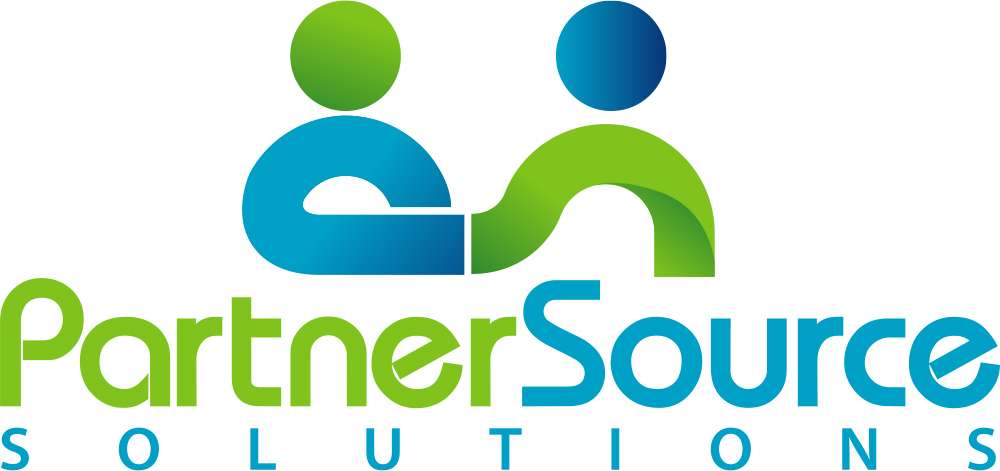Save Yourself Now! Turn on Multi-Factor Authentication for your Online Purchasing and Social Media Accounts & Increase Your Online Safety Today!
Eric Klauss – PartnerSource Solutions
Eddie Bader – CompanyBuilt
A friend of mine recently had someone attempt to hack her Facebook account. Fortunately, she had already turned on Multi-Factor Authentication and so the only thing that happened was she got some annoying text messages in the middle of the night that she otherwise didn’t request from the FB folks. On the other end of the spectrum, a colleague of mine recently had someone hack their Amazon account and then go and purchase some gold coins and have them shipped to a destination overseas. They ended up having to call the police and launch an international investigation. It could easily have been avoided if Multi-Factor Authentication had been enabled on the Amazon account.
What is Multi-Factor Authentication? Quite simply you can think of it as using at least two of three things. First, there’s something you know…your user ID and password. Second, there’s something you have, your mobile phone is the most common thing we use but if you have a home or office phone separate from you mobile device that someone could call you on, you could use that as well. In more extreme security cases there are security passcards or fobs the could be used. Lastly, there’s something you are…a fingerprint, retinal ID image, or even your face (using Windows Hello). Using a combination of at least two “factors” increases your security exponentially, making it very difficult for a hacker to access your accounts.
So how do you do that? All of the major companies today provide a multi-factor authentication option in their account security. Let’s get started looking at them.
While it might be embarrassing if someone hacked your Facebook account and posted something nasty, it probably won’t cost you actual money so let’s start by looking at Amazon and eBay.
Log in to your Amazon account and go to Account and find Account Settings

GoTo Change Account Settings and then Advanced Security Settings

Now enable Two Step Verification

Walk thru the little wizard that Amazon takes you thru and you’ll be all set.
Now let’s look at eBay
Log into your eBay account and go to My eBay then My Account


Ebay uses a somewhat different approach but you can still get the same result. You should see your Account information options like this:

You should definitely turn on both the Telephone PIN and Secret Questions
Click the button to Edit your Telephone PIN
![]()

And follow the easy steps to setting that up.
Do the same thing with your Secret Questions
Go to your profile and click

Next go to Settings

And Find Security

And go to LoginApprovals

And now enable Two Factor Authentication and you’re all set!

Go to your Profile and click Settings & Privacy

Under Security you’ll see

Click the verify login requests

Google Gmail:
Log into your Gmail Account and go to My Account

Go to SignIn & Security

Click Signing in to Google
And turn on 2-Step Verification

Turn on the 2-Step Verification if you haven’t done so already (in this case I already have it)

And just like that you’ve made your purchasing and social media worlds a much safer place!
If you’d like more information on Cybersecurity, please contact us and we’d be happy to chat with you!
Additional Tips for Online Security
Passwords:
Always use passwords that are:
- At least 9 characters in length (more is better)
- Do not use proper names or any word that can be found in the dictionary
- For example, instead of computer, use C0mpuT3r
- Do not use the same password for multiple sites
- Think about this; if you use one password for every site and you get hacked, the hacker now has access to all of your accounts
- Change your passwords every 60 days at a minimum
Data entry:
Consider using a virtual keyboard like the one you can find in the Windows operating system

- Using the on-screen keyboard will prevent key-logger programs from capturing keystrokes that would you make using the traditional keyboard.
- Lastly, whenever possible, use a private, incognito, or protected browser whenever possible, especially when performing transactions.


